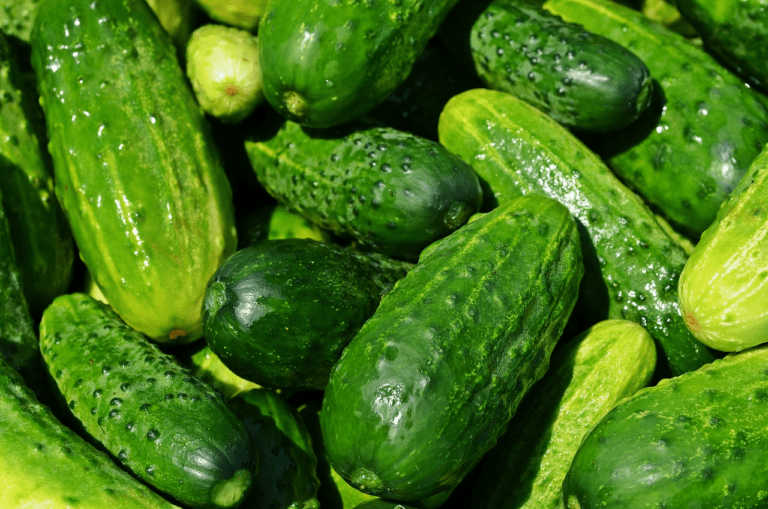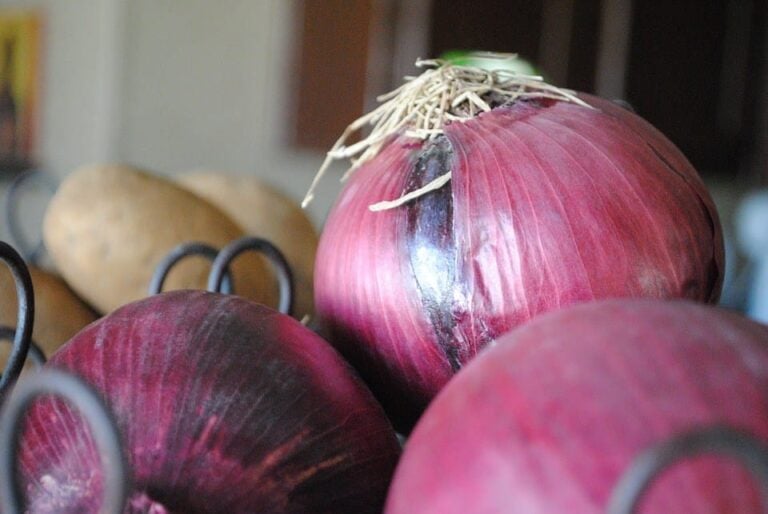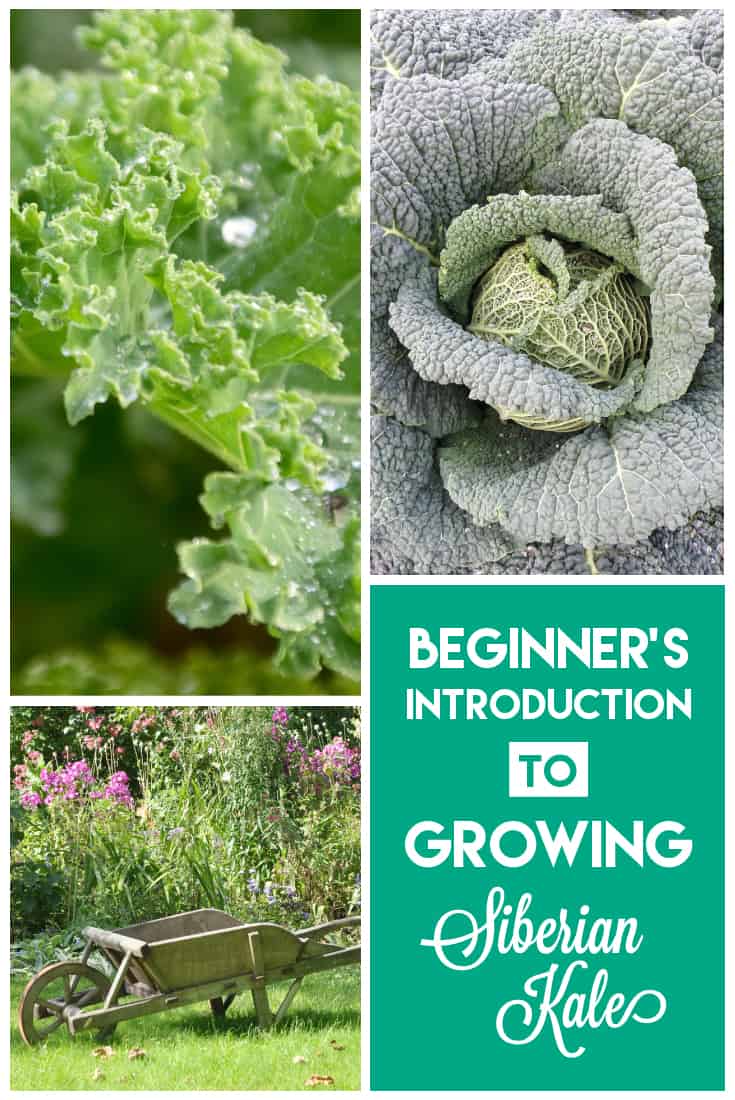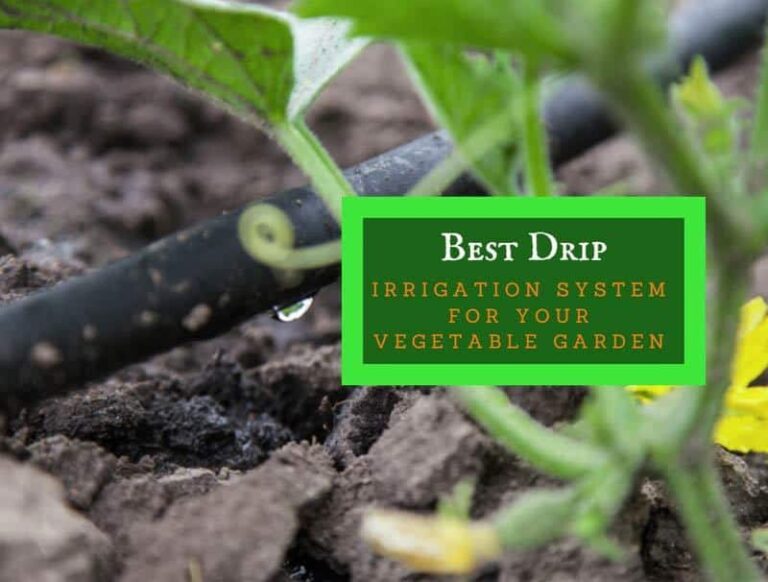Get Creative With Some DIY Greenhouse Ideas
You don’t have to be super handy to build your own greenhouse. The simplest DIY greenhouses involve stretching hoops over a garden and draping those hoops with plastic sheeting. If you enjoy construction and are handy, your greenhouse can be more complex, such as a wood framed structure that leans against your home or an upcycled greenhouse made out of discarded materials.
DIY Hoop House
A hoop house might be the simplest type of DIY greenhouse out there. According to Modern Farmer, you’re able to extend the length of your growing season when you put a hoop house over your crops.
A hoop house is little more than polyethylene or plastic sheeting stretched over bent plastic or PVC tubes. Depending on how handy you are or how many plants you’re growing, you can make your hoop house as simple or as complex as you’d like.
For example, the simplest option is to stretch PVC pipes across a raised bed, secure the pipes into place on each side, then drape a sheet of plastic over the top. The plastic provides a layer of protection against freezing temperatures. Because it is translucent, light is still able to seep in.
According to Mother Earth News, building a hoop house can up to six weeks of growing time to the season in the fall and spring. Depending on where you are, you might be able to grow particularly hardy vegetables, such as kale, throughout the winter.
https://player.vimeo.com/video/118530862
The video from Bonnie Plants walks you through the process of building a small hoop house over an existing raised bed. To make the hoop house, you’ll need pieces of rebar and bricks as well as PVC pipe and plastic sheeting.
Lean-To Greenhouse
If you are handy with a hammer and nails, you might try putting together your own lean-to greenhouse. A lean-to greenhouse only has three sides. The fourth side of the structure is the wall of another building, such as your home or a garden shed.
There are a few benefits to making a lean-to greenhouse structure. One big advantage of the design is that there’s less for you to build since one wall already exists.
Another advantage of the design is that the wall of your home or shed provides an extra layer of insulation to keep your greenhouse warm, without needing to crank up the heat. Heat from the house or shed wall can radiate into the greenhouse at night, keeping the temperature well above freezing.
One thing to consider before you build a lean-to greenhouse is the location of the structure. The standard advice says that you should put a lean-to on a wall that faces south. When the structure faces south, the sun shines directly onto the wall, providing the most warmth.
But where you put the greenhouse depends on what you’re going to grow inside of it. A structure that faces south is ideal for plants that need lots of sunlight, for example. According to Mother Earth News, you might be better off having a greenhouse that faces north if you plan on growing orchids.
The video from Donnie Giovanni walks you step by step through the construction of a lean-to structure against the side of a house. It’s not a full tutorial, but it does give you an idea of the amount of work involved and the materials needed to make your lean-to greenhouse.
Greenhouse Made from Upcycled Materials
One of the joys of a DIY greenhouse is making one from materials that might have otherwise been tossed out. Here’s a great example to get you pumped up:
For example, the materials used to glaze the greenhouse can often be pretty pricey, unless you stick with inexpensive plastic sheeting.
But if you can upcycle something, such as old, intact windows, you can make a sturdy greenhouse for a lot less money. DIY greenhouses made out of old windows is a lot more common than you might think. This Old House found several examples of structures made using windows that were otherwise destined for the trash.
Windows aren’t the only materials that you can repurpose into a greenhouse. You can try building a structure that uses empty, clear plastic bottles as glazing. You might have to trade looks for cost in that case, as it can be tricky to make a collection of discarded, empty soda or water bottles look good.
If you’ve stopped listening to CDs, but still have dozens lying around, consider putting those CDs in leather sleeves and upcycling their clear cases to use as the glazing on a small greenhouse.
Glazing isn’t the only material you can upcycle. Instead of purchasing wooden framing posts, you can repurpose the wood found in pallets.
The Legality of a DIY Greenhouse
While we don’t want to rain on your parade, there is one thing you need to consider before you set out to build a greenhouse in your yard. Depending on where you live, you may need to get a permit before you set to work putting together a greenhouse.
In some areas, you need a building permit before you can create any type of structure on your property, no matter how small it might be. A few areas don’t consider a structure such as a hoop house to be a permanent structure and might let you build one without getting any permit.
It’s always better to err on the side of caution and check in with your city or town’s building codes and requirements before you start your greenhouse project. Even if you don’t get caught working without a permit, it can come back to haunt you when you want to sell your home if you have a structure on your property that doesn’t meet code or that you built without a permit.






